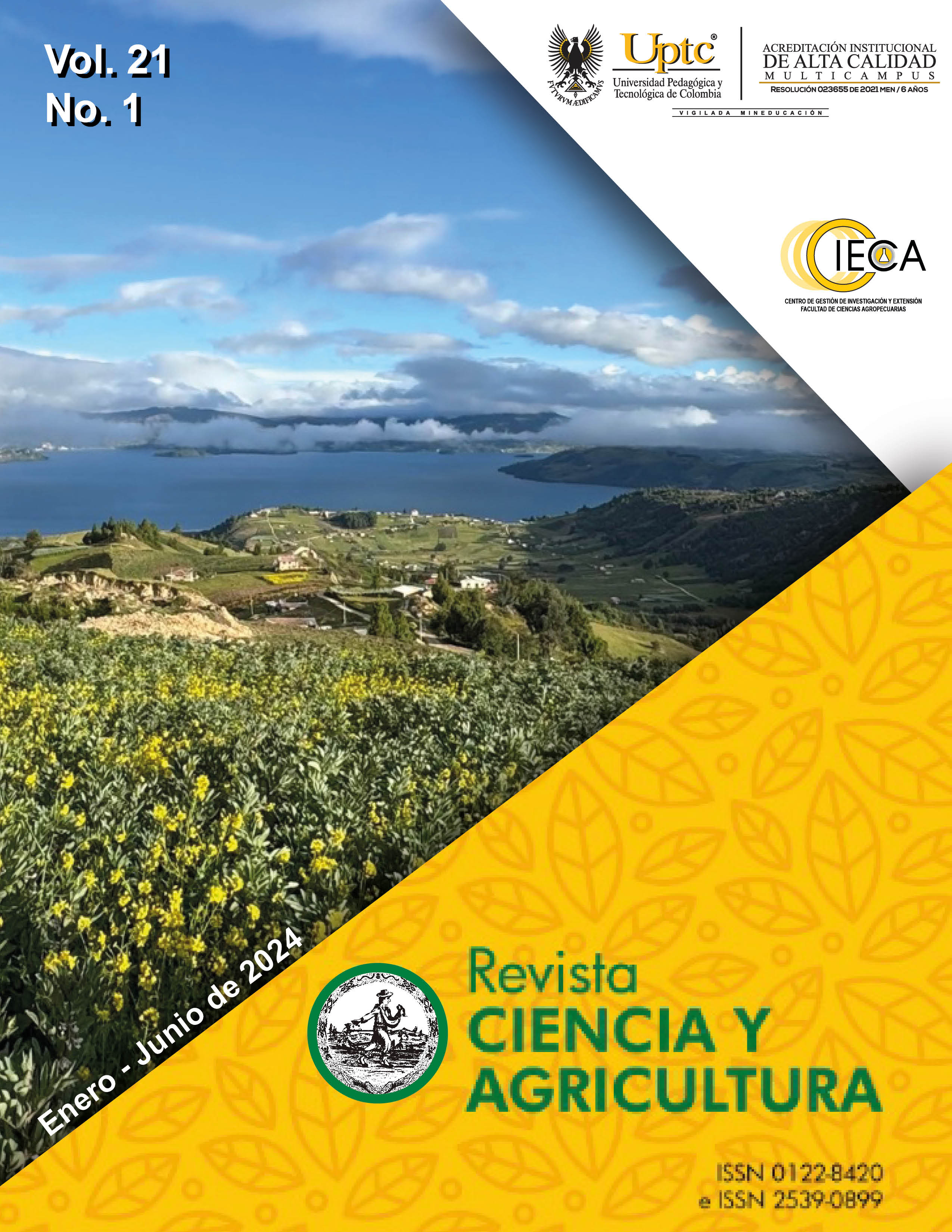ELABORACIÓN DE UN PROTOCOLO ALTERNATIVO DE PLASTINACIÓN UN CORAZÓN DE BOVINO

Abstract
An alternative and cost-effective protocol for plastinating anatomical specimens, focusing on a bovine heart as a model, is presented. The importance of Veterinary Anatomy and the risks associated with formaldehyde use in tissue preservation are emphasized. Additionally, the crucial role of technology in education, particularly plastination, as an emerging technique for preserving organic tissues, is highlighted. The aim was to develop an alternative protocol to the German standard for plastination using a bovine heart, adapting it to improve accessibility and safety. The method involved several stages, from formaldehyde fixation to curing with polyester resin and styrene monomer, detailing each step from the selection of anatomical material to final curing. The use of thinner instead of acetone is underscored due to constraints and costs. As a result, although some cracking attributed to the thinner was observed, a durable plastinated piece suitable for teaching purposes was obtained. It is concluded that the proposed protocol offers a safe and effective alternative for plastination, with didactic results and morphologically similar outcomes to fresh specimens. The relevance of continuously adapting and improving anatomical techniques to meet educational needs and reduce risks for students and veterinary personnel is highlighted.
Keywords
veterinary anatomy, organs, alternative protocol, tissue preservation, technology in education
References
- Acevedo-Arroyave, L. M., Rojas, M. A., & Velásquez, J. M. (2018a). Plastination technique antioquia university: An adaptation of the german standard method. Iatreia, 31(3), 228–239. https://doi.org/10.17533/udea.iatreia.v31n3a01
- Acevedo-Arroyave, L. M., Rojas, M. A., & Velásquez, J. M. (2018b). Plastination technique antioquia university: An adaptation of the german standard method. Iatreia, 31(3), 228–239. https://doi.org/10.17533/udea.iatreia.v31n3a01
- Bhandari, K., Acharya, S., Srivastava, A. K., Kumari, R., & Nimmagada, H. K. (2016). PLASTINATION: A NEW MODEL OF TEACHING ANATOMY. Article in International Journal of Anatomy and Research, 2016(3), 2626–2655. https://doi.org/10.16965/ijar.2016.256
- Damin, Carlos, & Grau, Guillermo. (2015). Cocaína. Acta bioquímica clínica latinoamericana, 49(1), 127-134. Recuperado em 11 de julho de 2024, de http://www.scielo.org.ar/scielo.php?script=sci_arttext&pid=S0325-29572015000100012&lng=pt&tlng=es.
- Fonseca-Matheus, J. (2018). La técnica de plastinación, sus fundamentos y alternativas de menor costo. Gaceta De Ciencias Veterinarias, 22(2), 43-47. Recuperado a partir de https://revistas.uclave.org/index.php/gcv/article/view/321
- Henry, R. W., von Hagens, G., & Seamans, G. (2019). Cold temperature/Biodur®/S10/von Hagens’—Silicone plastination technique. Journal of Veterinary Medicine Series C: Anatomia Histologia Embryologia, 00, 1–7. https://doi.org/10.1111/ahe.12472
- Jaimes Morales, J., Pérez Díaz, K., & Severiche Sierra, C. A. (2014). Riesgo toxicológicos por la exposición ocupacional al formaldehido en sala de anatomía patológica. Ciencia Y Salud Virtual, 6(2), 141–152. https://doi.org/10.22519/21455333.407
- Ottone, N. E., Guerrero, M., Alarcón, ; Eduardo, Navarro, P., & Ottone, N. E. ; (2020). Statistical Analysis of Shrinkage Levels of Human Brain Slices Preserved by Sheet Plastination Technique With Polyester Resin. In Int. J. Morphol (Vol. 38, Issue 1).
- Ottone, Nicolás. (2013). Gunther von Hagens, creator of Plastination. Historical Review and Technical Development. Revista Argentina de Anatomia Online. 4. 70-76.
- Pedraza Ciro, M., Ochoa Ramirez, A., Vargas, V., Aldana Barón, D., Pedraza Ciro, M. C., José Castaño, M., Ruiz Rubiano, M., & Daniela Moreno, M. (2020). Conservación de órganos con el uso de poliuretano: prueba de laboratorio en corazón de cerdos. Morfología, 12(1).
- Quelca Choque, Heber Gonzalo. (2023). Experiencias con preparaciones cadavéricas y el rendimiento académico de los estudiantes de Anatomía Humana y Neuroanatomía. Educación Superior, 10(1), 47-56. Epub 00 de junio de 2023.https://doi.org/10.53287/sydc5414wa84x
- Sora, M. C., Latorre, R., Baptista, C., & López-Albors, O. (2019). Plastination-A scientific method for teaching and research. Anatomia, histologia, embryologia, 48(6), 526–531. https://doi.org/10.1111/ahe.12493
- The Journal of Plastination (July 10, 2024). Effects of Dehydration Mediums and Temperature on Total Dehydration Time and Tissue Shrinkage. Retrieved from https://journal.plastination.org/articles/effects-of-dehydration-mediums-and-temperature-on-total-dehydration-time-and-tissue-shrinkage/.
- Toaquiza, Ana Belén, Gómez, Carlos, Ottone, Nicolás E, & Revelo-Cueva, María. (2023). Conservation of Organs (Heart, Brain and Kidney) of Canine by Cold-Temperature Silicone Plastination in an Animal Anatomy Laboratory in Ecuador. International Journal of Morphology, 41(4), 1004-1008. https://dx.doi.org/10.4067/S0717-95022023000401004
- von Horst, C., von Hagens, R., Sora, C.-M., & Henry, R. W. (2019). History and development of plastination techniques. Journal of Veterinary Medicine: Anatomia Histologia Embryologia, 48, 512–517. https://doi.org/10.1111/ahe.12497